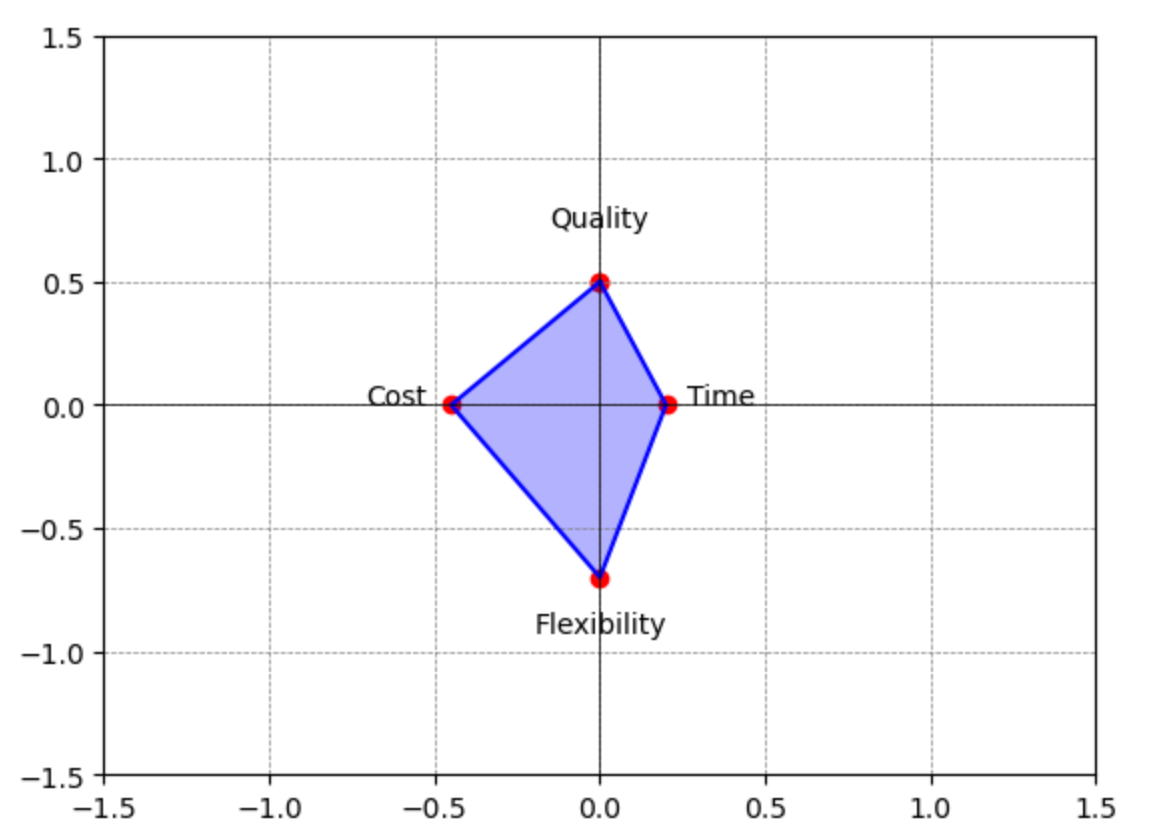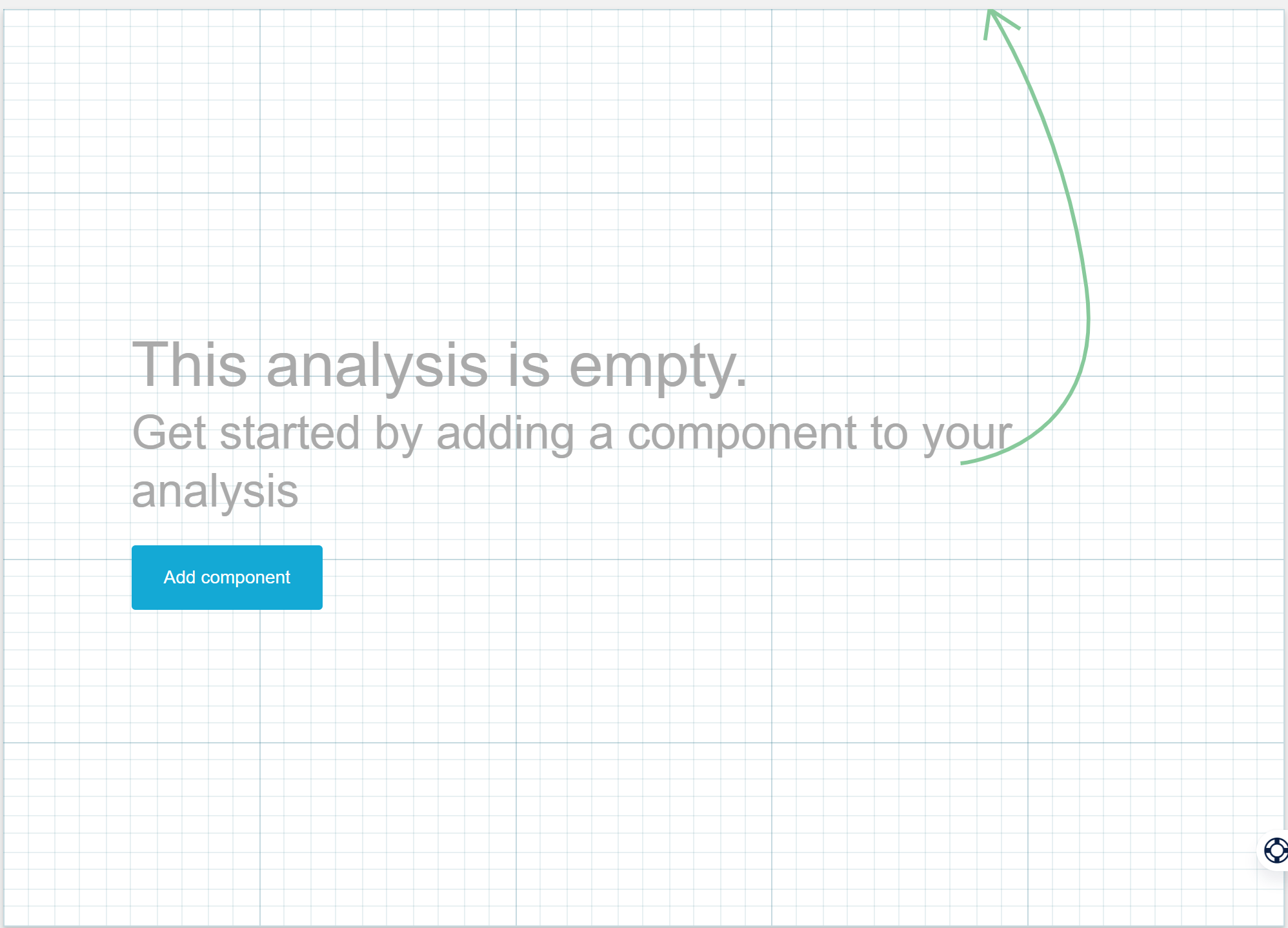Hi , If you are trying to embed the chart am not sure if possible, but maybe you could use the _ Run ML Notebook.
https://docs.celonis.com/en/machine-learning-components.html#UUID-f050a189-0bad-0494-4c07-2bee70d853b2_id_MachineLearningComponents-RunMLNotebookComponent
If you would just like to embed the image then use design component of "image".
https://docs.celonis.com/en/image.html
I wonder if with pycelonis you can manipulate a component of an analysis. That way you could, theoretically, create or modify the url associated with the embedded image in the analysis from the same notebook that creates the image.
Maybe you will need also to export the image to jpg and upload to some repo that is accesible from the studio
HI @alvaro.miran,
In studio analyses, this is hard to establish. These images are hosted in a back-end storage and can be obtained using PyCelonis, but not published (as far as I know).
In studio views however, this would be possible in two steps:
- Publish the image on a hosting site with a public link, for instance Dropbox. This can be done using the Dropbox API. Be sure to overwrite the same image every time an update is available.
- Link to this image in your view. Every time the view loads the latest version is obtained.
Cheers,
Jan-peter
I wonder if with pycelonis you can manipulate a component of an analysis. That way you could, theoretically, create or modify the url associated with the embedded image in the analysis from the same notebook that creates the image.
Maybe you will need also to export the image to jpg and upload to some repo that is accesible from the studio
Thanks, thats what I'll try to do with a service that allows me to connect through their API.
HI @alvaro.miran,
In studio analyses, this is hard to establish. These images are hosted in a back-end storage and can be obtained using PyCelonis, but not published (as far as I know).
In studio views however, this would be possible in two steps:
- Publish the image on a hosting site with a public link, for instance Dropbox. This can be done using the Dropbox API. Be sure to overwrite the same image every time an update is available.
- Link to this image in your view. Every time the view loads the latest version is obtained.
Cheers,
Jan-peter
Thanks @janpeter.van.d
I'll try this approach. Thanks


